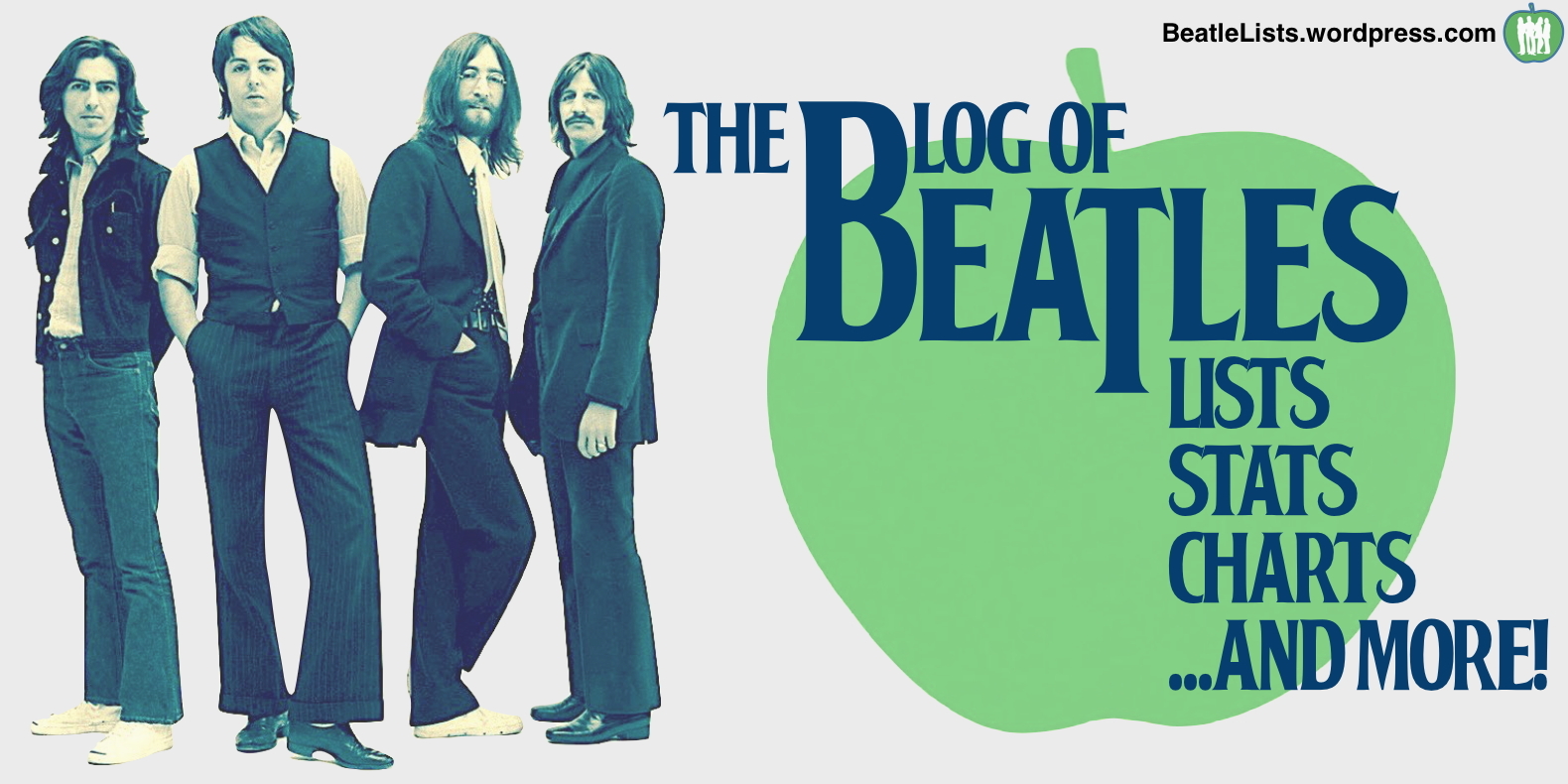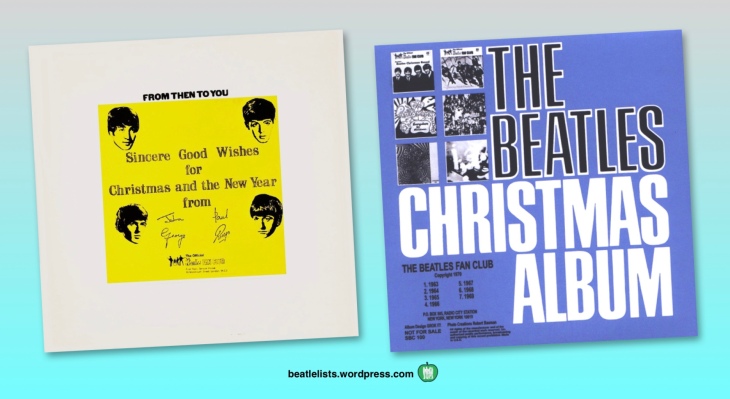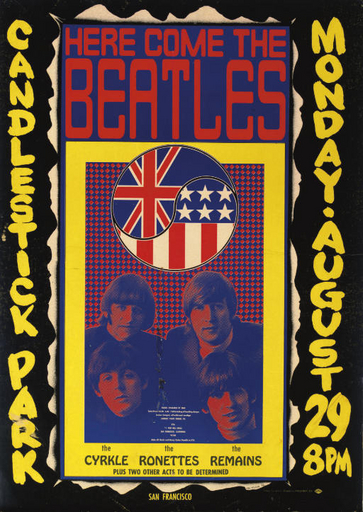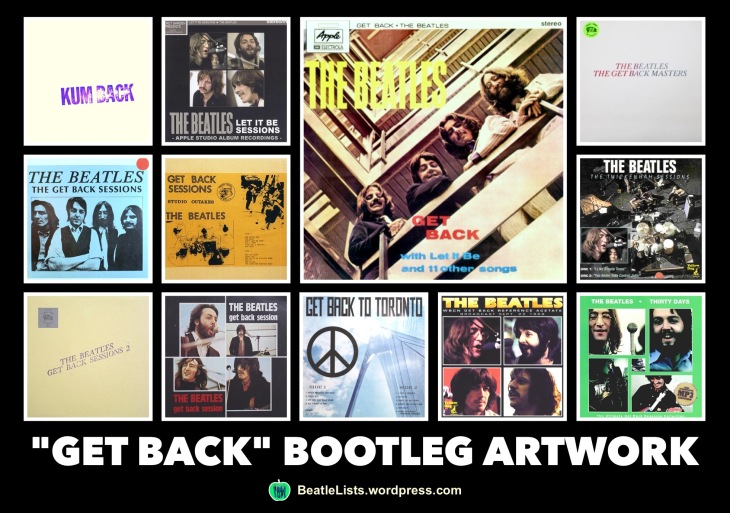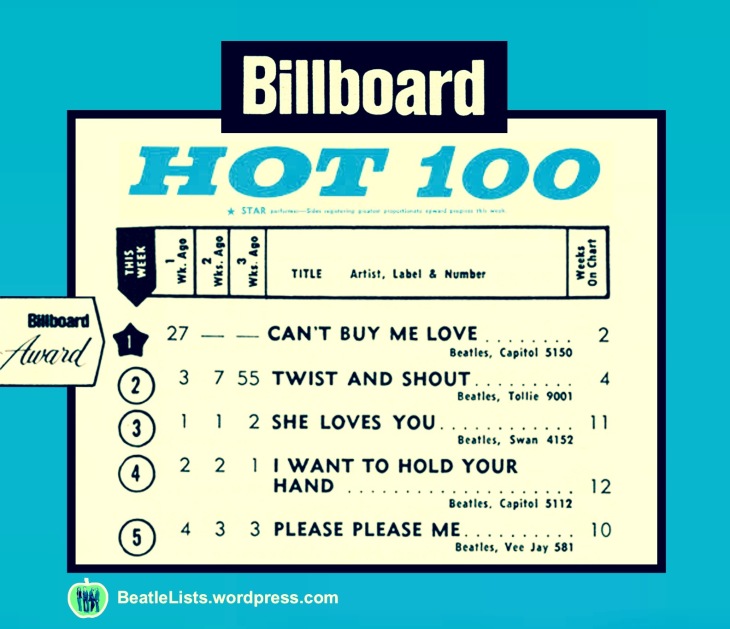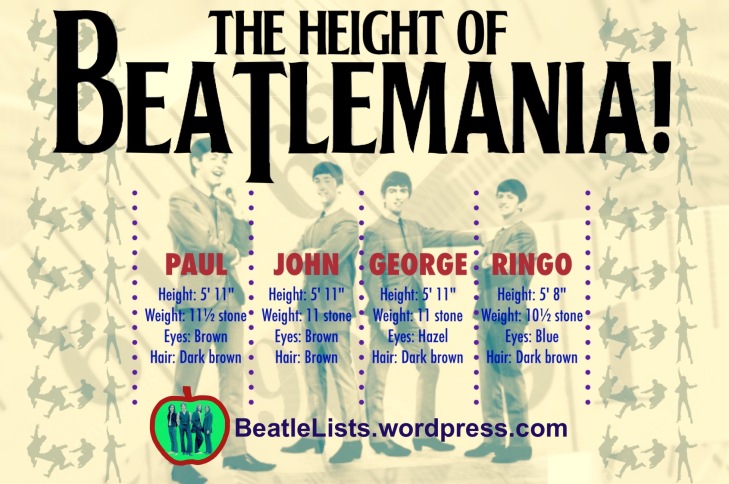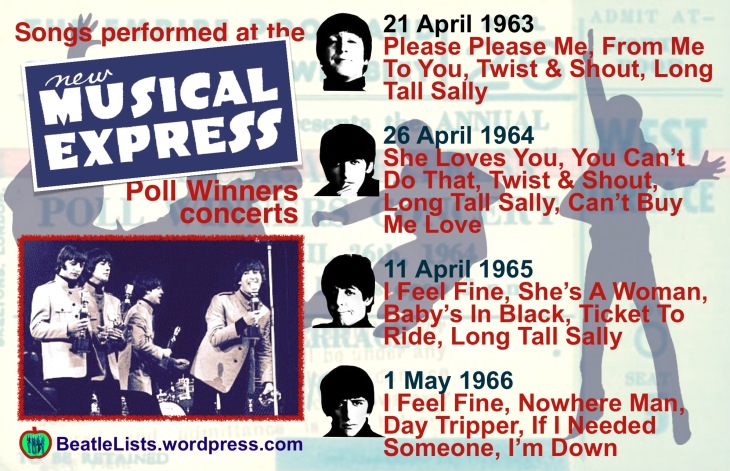Between 1963 and 1969 The Beatles released seven Christmas records exclusively to their UK and US fan club members.
1963 : The Beatles’ Christmas Record
1964 : Another Beatles Christmas Record
1965 : The Beatles’ Third Christmas Record
1966 : Pantomime – Everywhere It’s Christmas
1967 : Christmas Time Is Here Again!
1968 : The Beatles’ 1968 Christmas Record
1969 : Happy Christmas 1969
The format for the 1963 to 1965 records is largely the same – mostly spoken word and featuring The Beatles thanking their fans, attempting several improvised and ad-libbed versions of well-known Christmas songs (‘Good King Wenceslass’, ‘Jingle Bells’, ‘Auld Lang Syne’, etc.) and generally goofing around.
Later records got a little more creative – Pantomime – Everywhere It’s Christmas (1966) is a series of skits and sketches linked by a repeated original song fragment (“Everywhere it’s Christmas at the end of every year…”). Christmas Time Is Here Again! (1967) is again built around an original song and includes The Beatles playing several characters singing songs (‘Plenty of jam jars’), acting a radio drama (‘Theatre Hour’) and reading poems (John’s ‘When Christmas Time Is Over).
Contributions for The Beatles’ 1968 Christmas record were recorded separately. Paul sings what is probably an improvised Christmas song (‘Happy Christmas, Happy New Year’) and John reads a couple of his poems (‘Jock and Yono’ and ‘Once Upon a Pool Table’). George’s section was recorded in Los Angeles and includes a unique rendition of ‘Nowhere Man’ by Tiny Tim. Ringo’s contribution is a slightly anarchic skit with little apparent connection to Christmas.
The final Beatles Christmas record Happy Christmas 1969 was also recorded separately as the band had effectively split up by Autumn 1969. John and Yoko feature heavily, Paul sings another improvised song (‘This is to Wish You a Merry, Merry Christmas’) but George and Ringo hardly feature (Ringo’s only real contribution is a crass attempt to plug his then-current film ‘The Magic Christian’).
In 1970 the British and US fan clubs issued compilations of all seven Christmas records with different sleeves and titles but identical content.
None of the Christmas records have been officially released but an edited clip from the 1963 record is used in the closing credits to the 2016 film The Beatles: Eight Days A Week – The Touring Years.
1963: The Beatles’ Christmas Record
Recorded: 17 October 1963 at Studio Two, EMI Studios, Abbey Road
Writer / Producer: Tony Barrow
1964: Another Beatles Christmas Record
Recorded: 26 October 1964 at Studio Two Abbey Road
Writer / Producer: Tony Barrow
1965: The Beatles’ Third Christmas Record
Recorded: 8 November 1965 at Studio Two, EMI Studios, Abbey Road
Writer: Tony Barrow, The Beatles
Producer: Tony Barrow
1966: Pantomime: Everywhere It’s Christmas
Recorded: 25 November 1966 at Dick James Music
Writer: The Beatles
Producer: George Martin
1967: Christmas Time Is Here Again!
Recorded: 28 November 1967 at Studio Three EMI Studios, London
Writer: The Beatles
Producer: George Martin
1968: The Beatles’ 1968 Christmas Record
Recorded: November–December 1968 at various locations
Writer: The Beatles
Producer: Kenny Everett
1969: Happy Christmas 1969
Recorded: November–December 1969 at various locations
Writer: The Beatles
Producer: Kenny Everett
Source: Wikipedia
Posted by: Beatlelists
